Categories
- FQA (36)
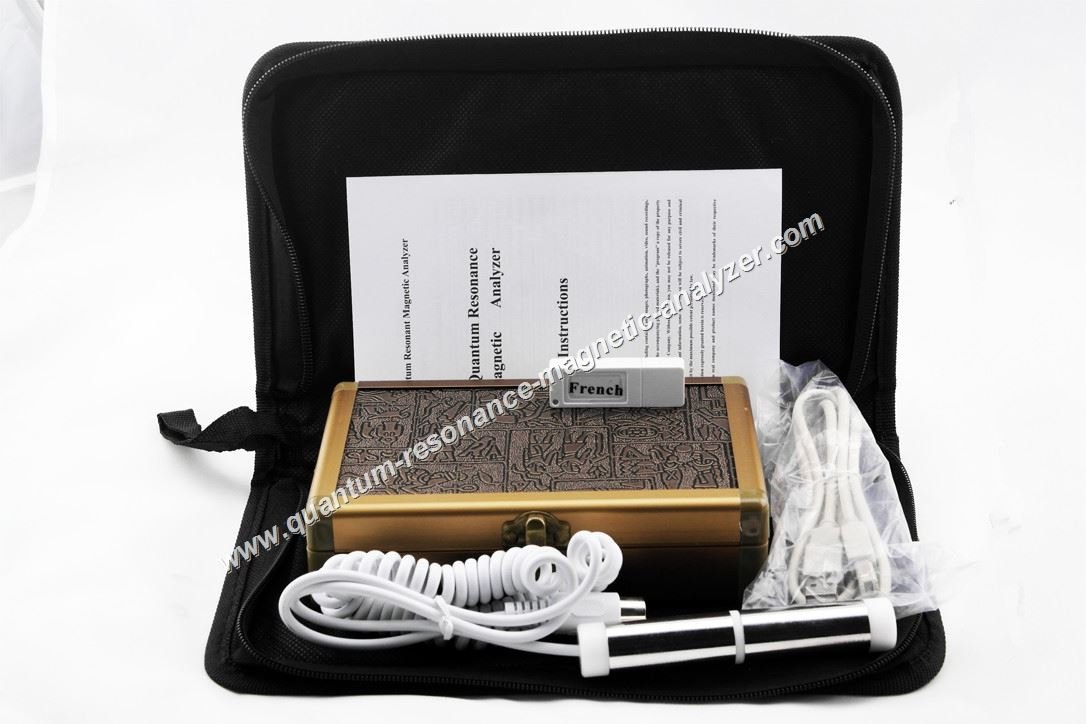

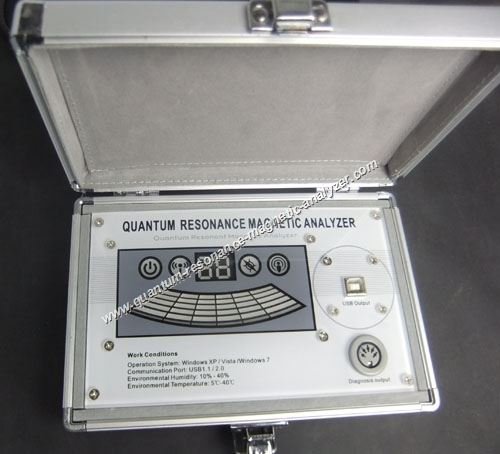
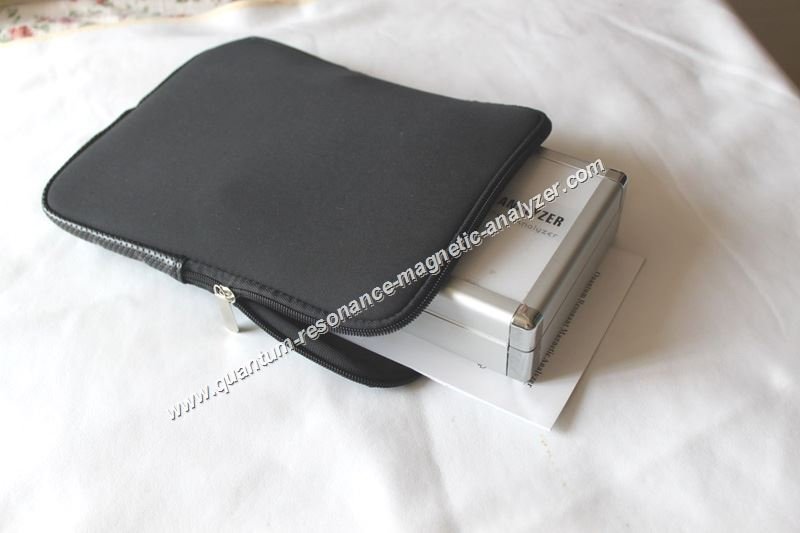
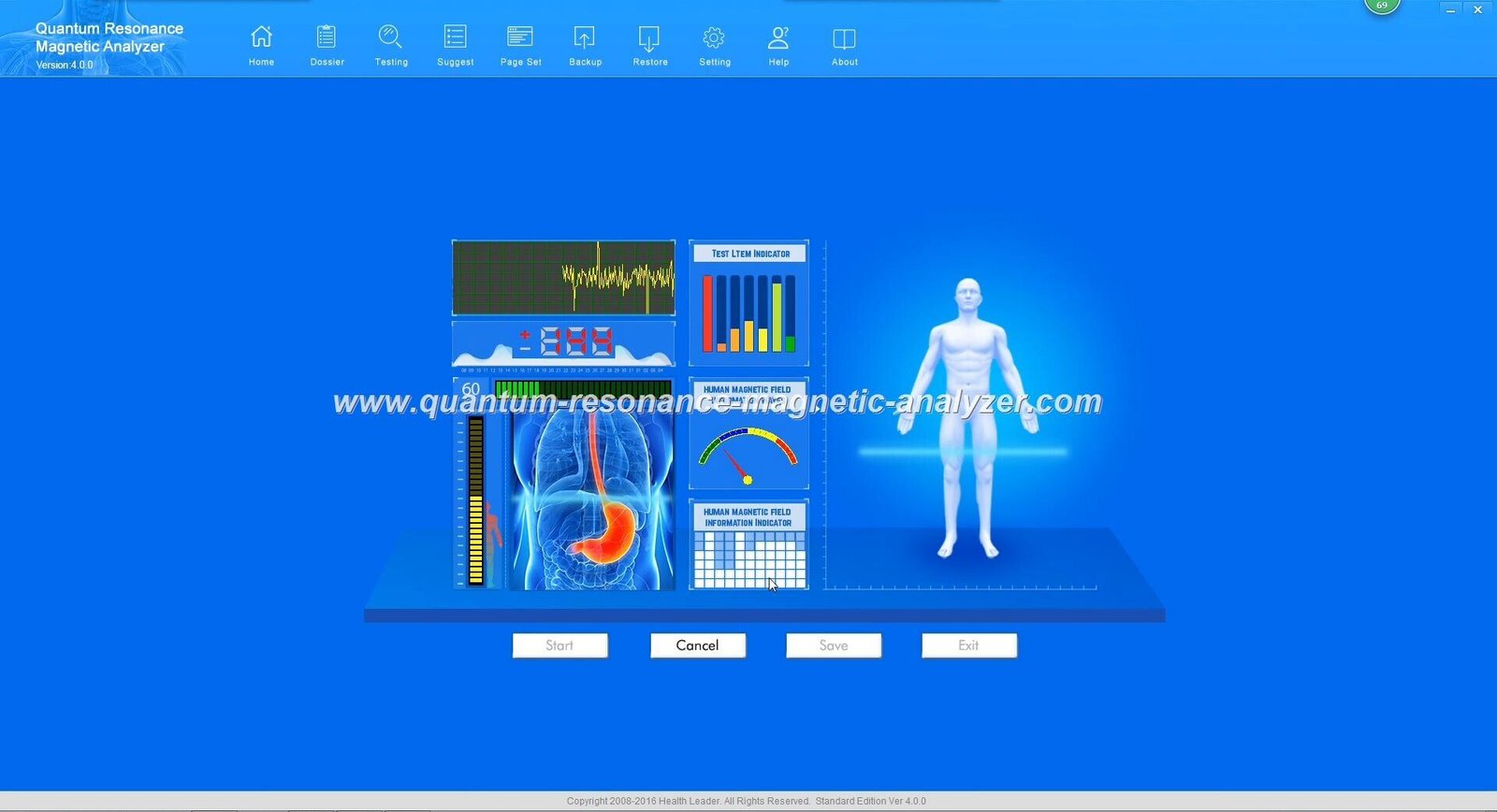
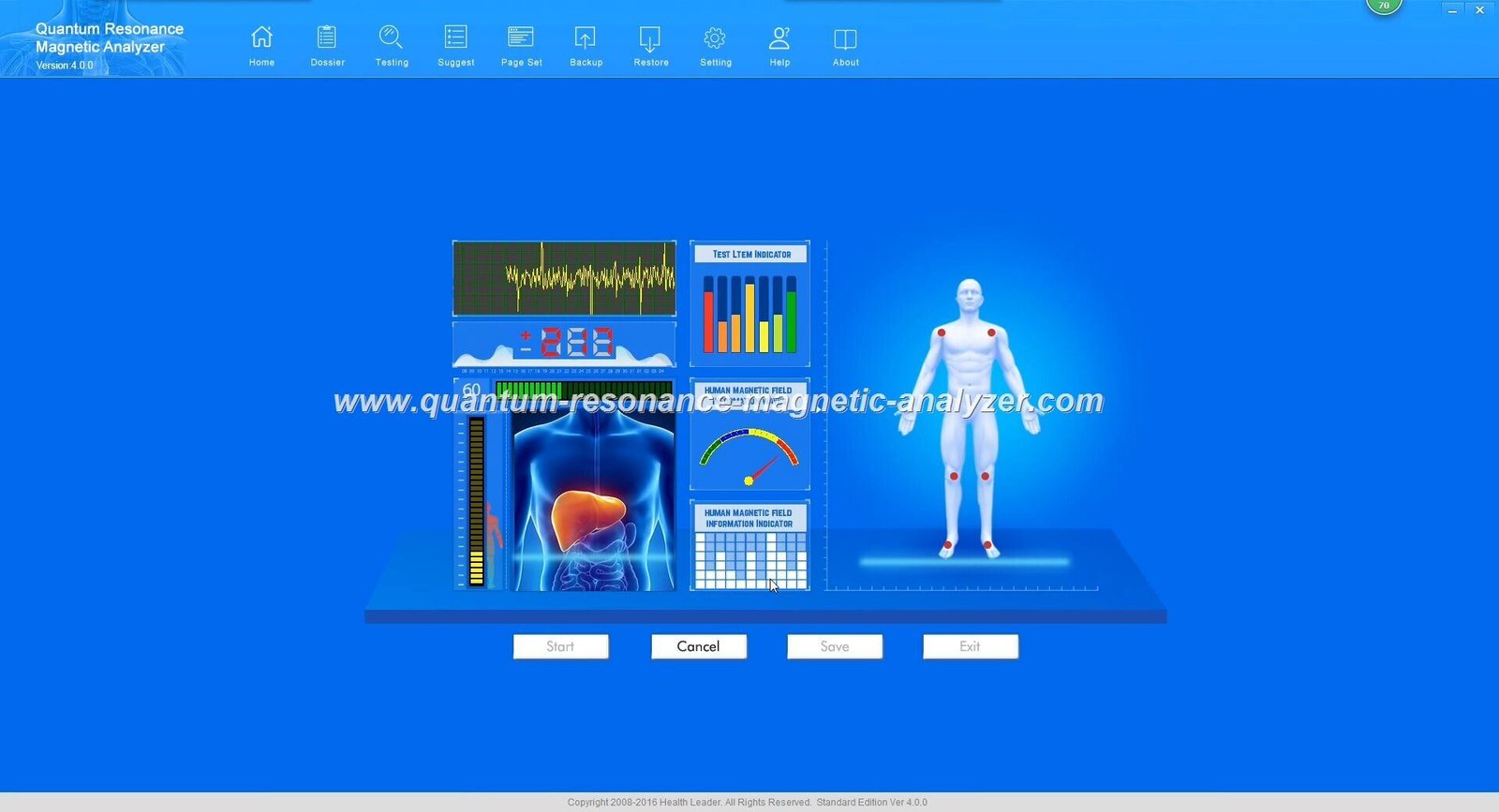
The Quantum Resonance Magnetic Analyzer is a non-invasive diagnostic device that uses quantum physics principles to assess health conditions. It works by measuring the electromagnetic waves emitted by human cells, analyzing these signals to evaluate various aspects of health and bodily function. The technology is based on the concept that all cells and organs in the human body emit specific electromagnetic frequencies that change when health abnormalities occur.
Unlike traditional blood tests that require physical samples, the Quantum Resonance Magnetic Analyzer operates through a palm or rod sensor that detects the body’s electromagnetic signals. The process is simple:
Most modern analyzers can produce up to 45-54 different health reports, covering systems from cardiovascular health to bone density and nutritional status.
Our experts can explain how the Quantum Resonance Magnetic Analyzer works in detail and answer your specific questions.

Biochemical blood tests have been the cornerstone of medical diagnostics for decades. These tests involve drawing blood samples and analyzing them in laboratory settings to measure various components and biomarkers. The process typically requires:
Results from biochemical blood tests are generally considered the gold standard in medical diagnostics due to their established protocols and extensive clinical validation.
Traditional blood tests can measure a wide range of biomarkers that indicate health status and potential disease conditions:
| Category | Common Tests | What They Assess |
| Basic Metabolic Panel | Glucose, Calcium, Electrolytes | Kidney function, blood sugar, electrolyte balance |
| Lipid Panel | Cholesterol, Triglycerides, HDL, LDL | Cardiovascular health risk factors |
| Liver Function Tests | ALT, AST, Bilirubin, Albumin | Liver health and function |
| Complete Blood Count | RBC, WBC, Platelets, Hemoglobin | Blood cell health, infection, anemia |
| Thyroid Panel | TSH, T3, T4 | Thyroid function and hormonal balance |
These tests provide specific numerical values that can be compared against established reference ranges to determine health status or diagnose conditions.
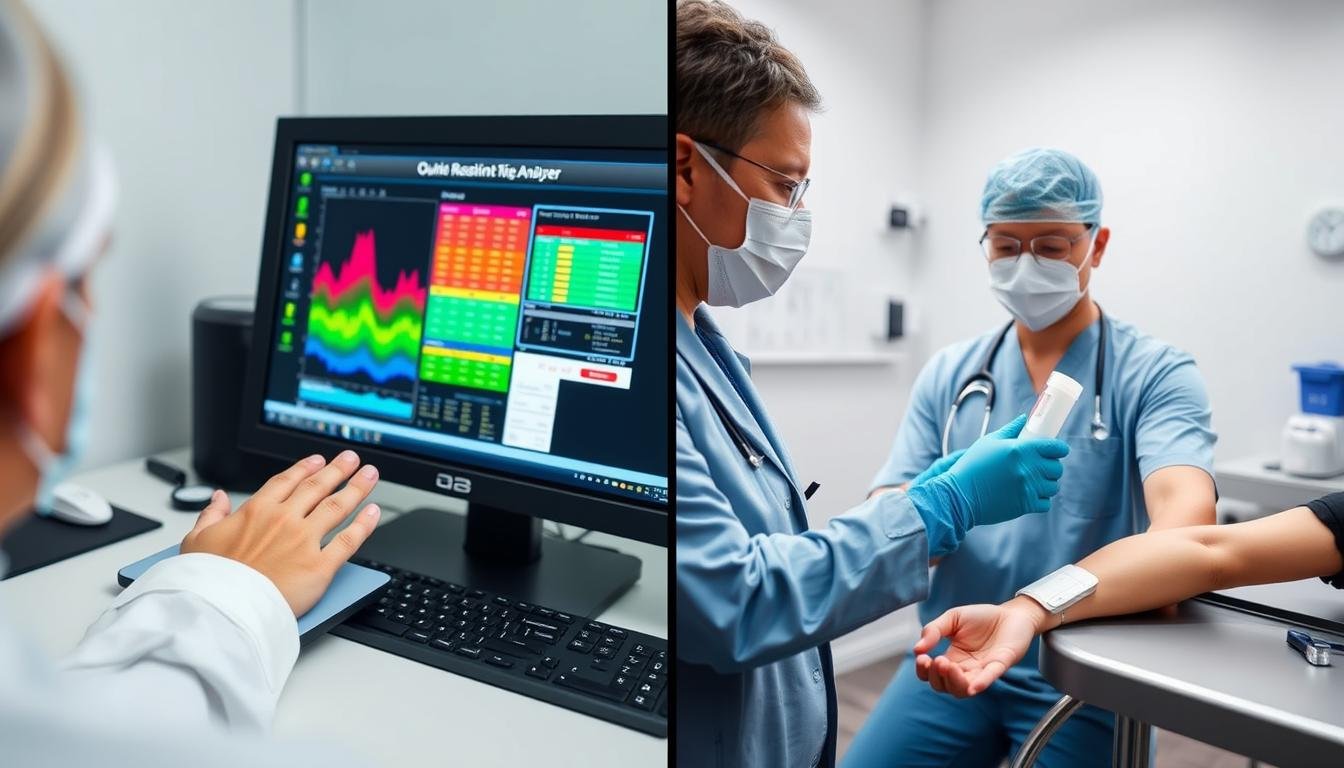
One of the most significant differences between these diagnostic approaches is the time required to obtain results:
Results are available within minutes after the scanning process is complete. Most systems can generate comprehensive reports in 60 seconds to 3 minutes, allowing for immediate discussion and analysis.
Results typically take anywhere from several hours to several days, depending on the complexity of the tests and laboratory workload. Some specialized tests may take even longer.
The financial aspects of these testing methods differ significantly:
| Cost Factor | Quantum Resonance Magnetic Analyzer | Biochemical Blood Tests |
| Initial Investment | Higher upfront cost for equipment | Lower equipment cost per test type |
| Per-Test Cost | Very low after initial investment | Moderate to high per individual test |
| Consumables | Minimal (mainly software updates) | Substantial (needles, vials, reagents) |
| Staff Requirements | Minimal training needed | Requires trained phlebotomists and lab technicians |
| Long-term Value | High (unlimited tests after purchase) | Variable (costs increase with test volume) |
Research on the comparative accuracy of these methods shows interesting patterns:
Recent studies suggest that when used as a screening tool, the Quantum Resonance Magnetic Analyzer can detect subtle physiological changes with up to 90% correlation to subsequent laboratory findings, particularly in areas of nutritional imbalances and metabolic function.
While biochemical blood tests remain the definitive standard for specific diagnostic parameters, quantum analysis excels at providing a holistic overview of health status and identifying subtle imbalances before they manifest as clinical symptoms.
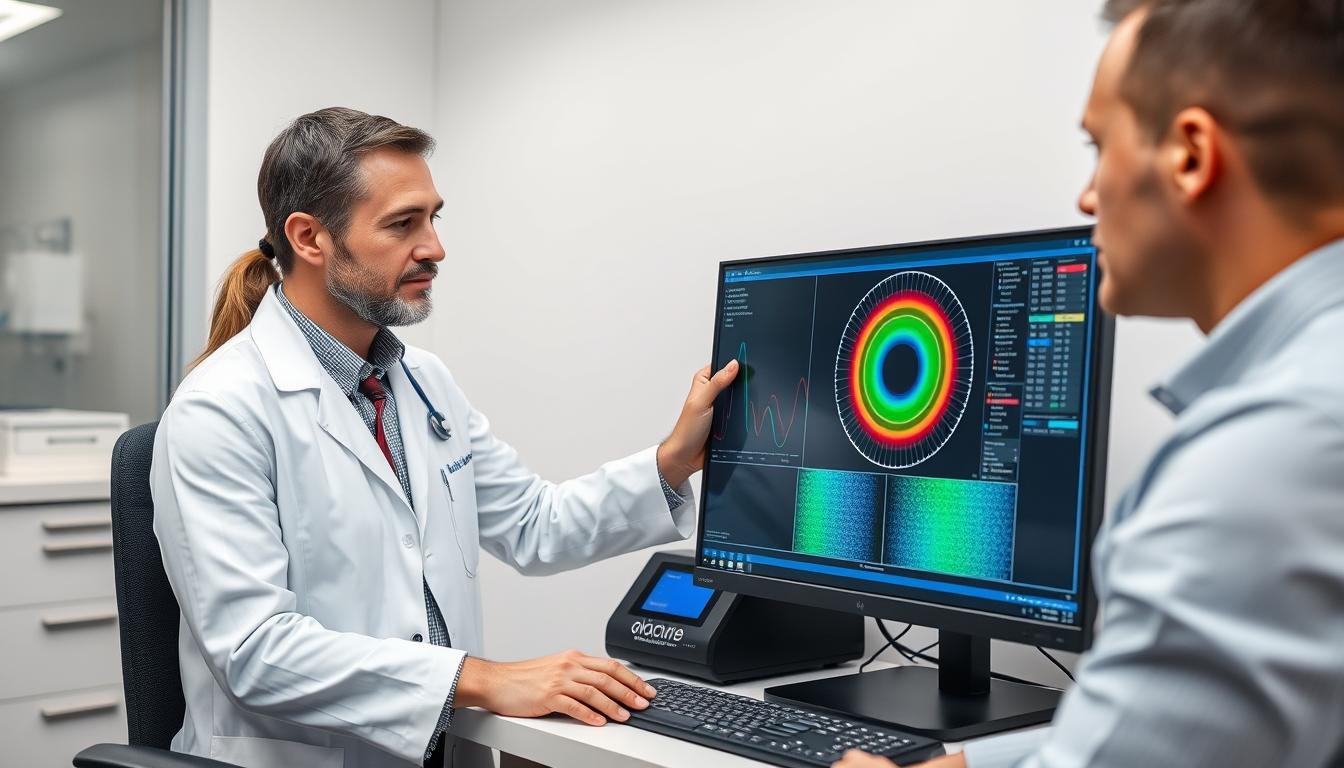
One of the most significant advantages of the Quantum Resonance Magnetic Analyzer is its ability to detect subtle changes in cellular function before they manifest as clinical symptoms:
This early detection capability makes it an excellent tool for preventive health monitoring and wellness programs.
Unlike specialized blood tests that focus on specific parameters, the Quantum Resonance Magnetic Analyzer provides a comprehensive overview of multiple body systems in a single session:
This holistic approach helps identify interconnected health patterns that might be missed when looking at isolated test results.
Modern Quantum Resonance Magnetic Analyzer systems offer significant practical advantages:
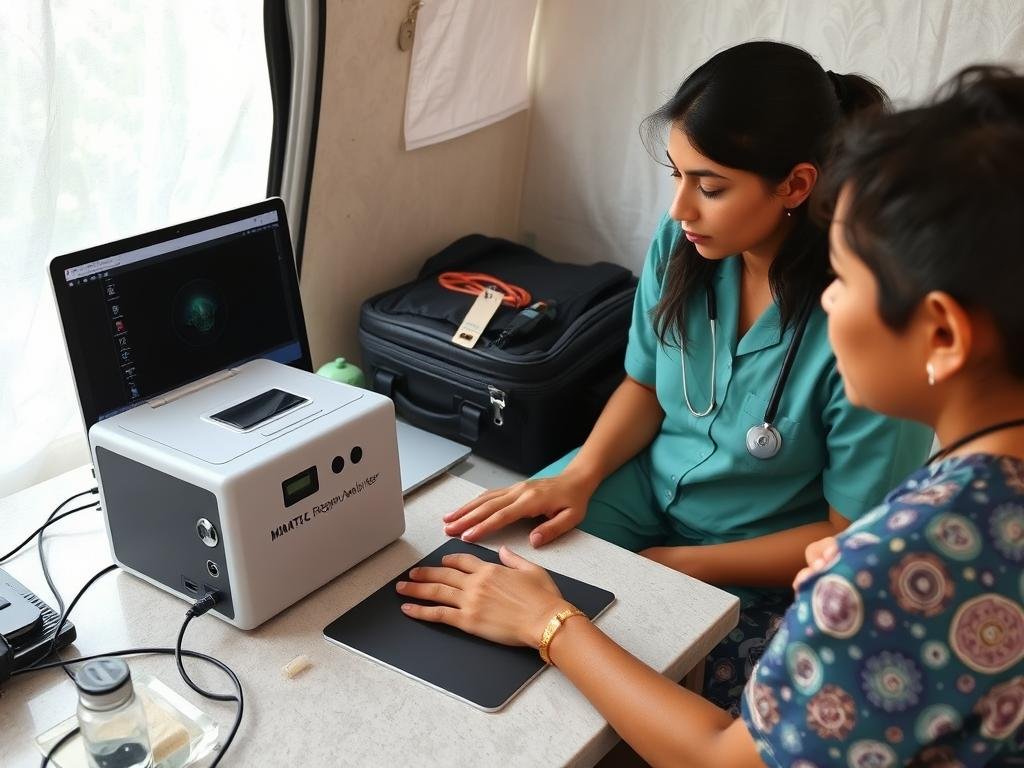
Discover how the Quantum Resonance Magnetic Analyzer can transform your approach to health monitoring.

When considering the Quantum Resonance Magnetic Analyzer, it’s important to understand its regulatory position:
Regulatory approval for quantum analysis technology varies significantly between countries. While some nations have embraced it as a complementary health assessment tool, others classify it primarily as a wellness device rather than a medical diagnostic instrument.
Users should be aware of the regulatory status in their specific location and understand the appropriate applications of the technology within their healthcare system.
For optimal health assessment, many practitioners recommend an integrated approach:
The most comprehensive approach often involves using the Quantum Resonance Magnetic Analyzer for regular monitoring and targeted blood tests when specific clinical questions need to be answered.
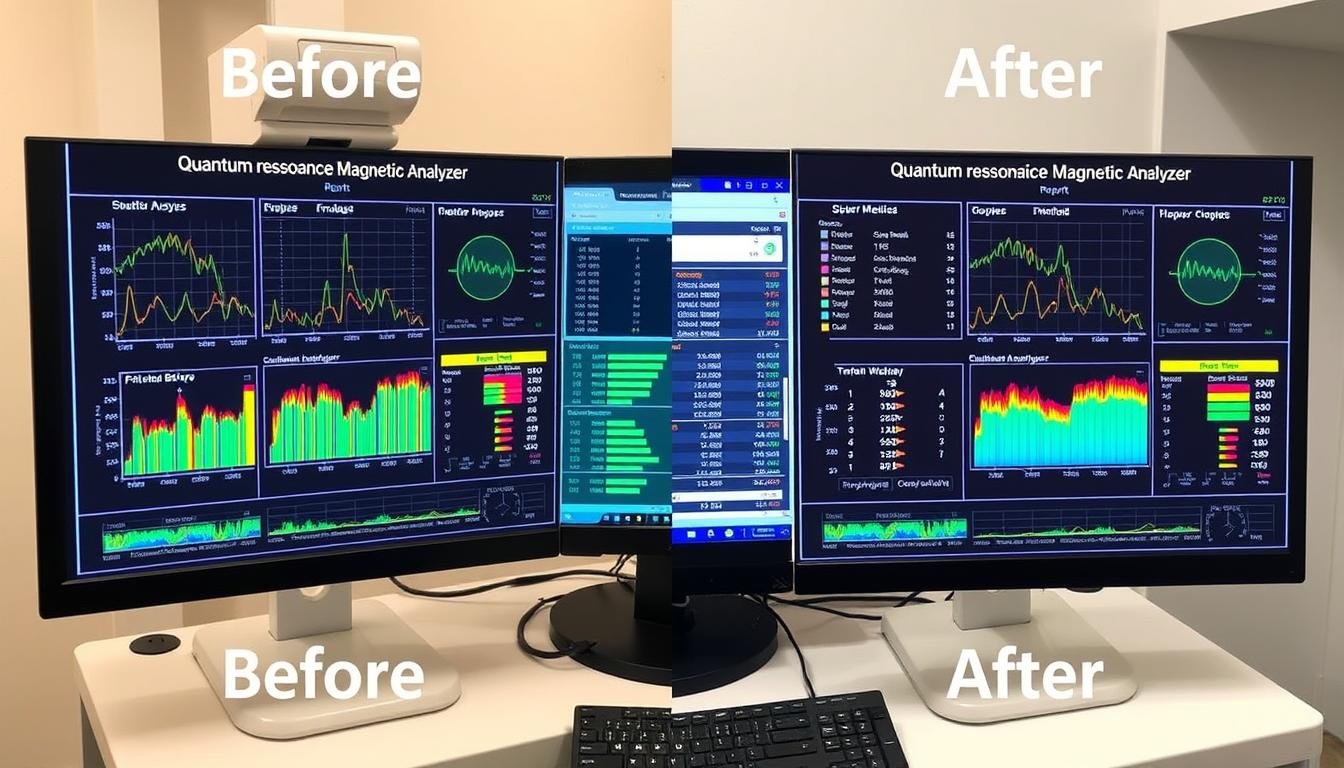
A wellness clinic in Lagos implemented the Quantum Resonance Magnetic Analyzer as part of their preventive health program. Over a 12-month period, they monitored 250 clients with quarterly scans.
Results showed that 68% of clients who received early indications of metabolic imbalances and followed the recommended interventions showed significant improvement in subsequent scans and avoided progression to clinical symptoms.
The non-invasive nature of the testing led to a 42% increase in client participation in regular health monitoring compared to their previous blood-test-based program.
An integrative health practice used the Quantum Resonance Magnetic Analyzer to complement traditional care for patients with chronic conditions. For patients with type 2 diabetes, monthly quantum analysis scans helped identify subtle changes in metabolic function between quarterly blood tests.
This allowed for more timely adjustments to lifestyle interventions and resulted in improved glycemic control for 72% of participants compared to the control group receiving standard care alone.
Patients reported higher satisfaction with their care due to the immediate feedback and comprehensive nature of the reports, leading to better adherence to treatment plans.
For general wellness monitoring, quarterly scans are typically recommended. Those with specific health concerns or who are actively working on improving certain aspects of their health may benefit from monthly assessments. Healthcare practitioners may recommend different schedules based on individual needs.
While the Quantum Resonance Magnetic Analyzer provides comprehensive health insights, it works best as a complement to rather than a replacement for traditional blood tests. It excels at regular monitoring and early detection of functional changes, while blood tests remain essential for definitive diagnosis of specific conditions and monitoring of certain medical treatments.
Studies indicate that the accuracy can reach up to 90% when compared with standard medical diagnostic methods, particularly for functional assessments. However, accuracy varies depending on the specific health parameter being measured. The technology is most reliable for detecting patterns and trends rather than providing absolute diagnostic values.
The Quantum Resonance Magnetic Analyzer uses weak magnetic fields to collect data and is generally considered safe for most individuals. It is non-invasive and radiation-free. However, as with any health technology, it’s recommended that pregnant women, individuals with pacemakers, or those with certain medical implants consult with their healthcare provider before use.
Modern analyzers typically generate 45-54 different health reports covering various body systems including cardiovascular, digestive, endocrine, immune, and skeletal systems. Reports also often include nutritional status, heavy metal exposure, vitamin and mineral levels, and overall health indices. The information is presented in easy-to-understand formats with visual representations and explanatory text.
The Quantum Resonance Magnetic Analyzer represents an innovative approach to health assessment that offers significant advantages in terms of convenience, comprehensiveness, and non-invasive monitoring. While traditional biochemical blood tests remain essential for specific diagnostic purposes, quantum analysis technology provides a valuable complementary tool for holistic health monitoring and early detection of functional imbalances.
By understanding the strengths and appropriate applications of both methods, healthcare providers and individuals can develop more comprehensive and effective approaches to health monitoring and maintenance. The future of optimal healthcare likely lies in the thoughtful integration of these technologies, combining the specificity of biochemical testing with the holistic insights and convenience of quantum resonance analysis.
Our team of experts is available to answer your questions and provide personalized guidance on implementing the Quantum Resonance Magnetic Analyzer in your healthcare practice or personal wellness routine.
